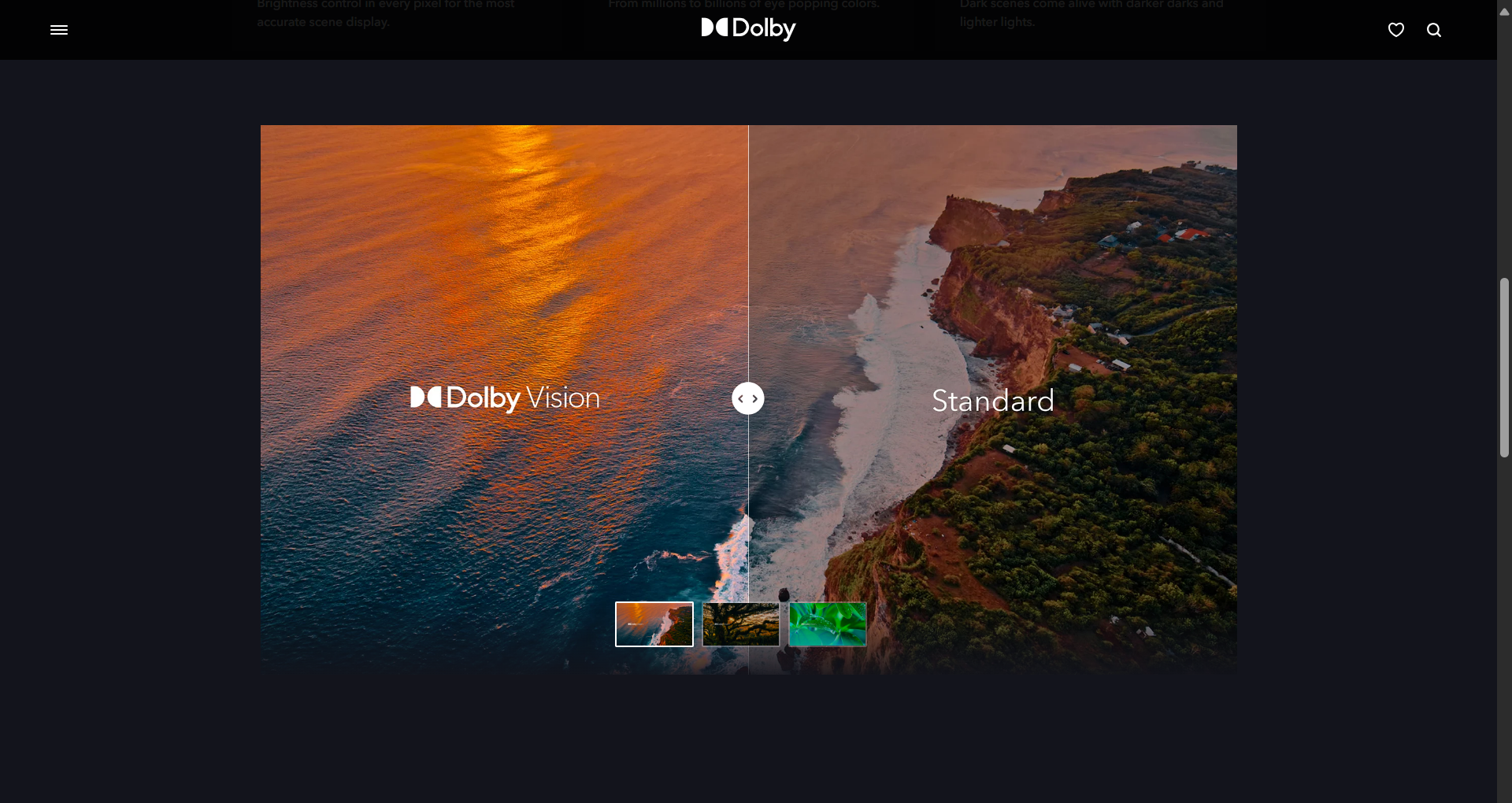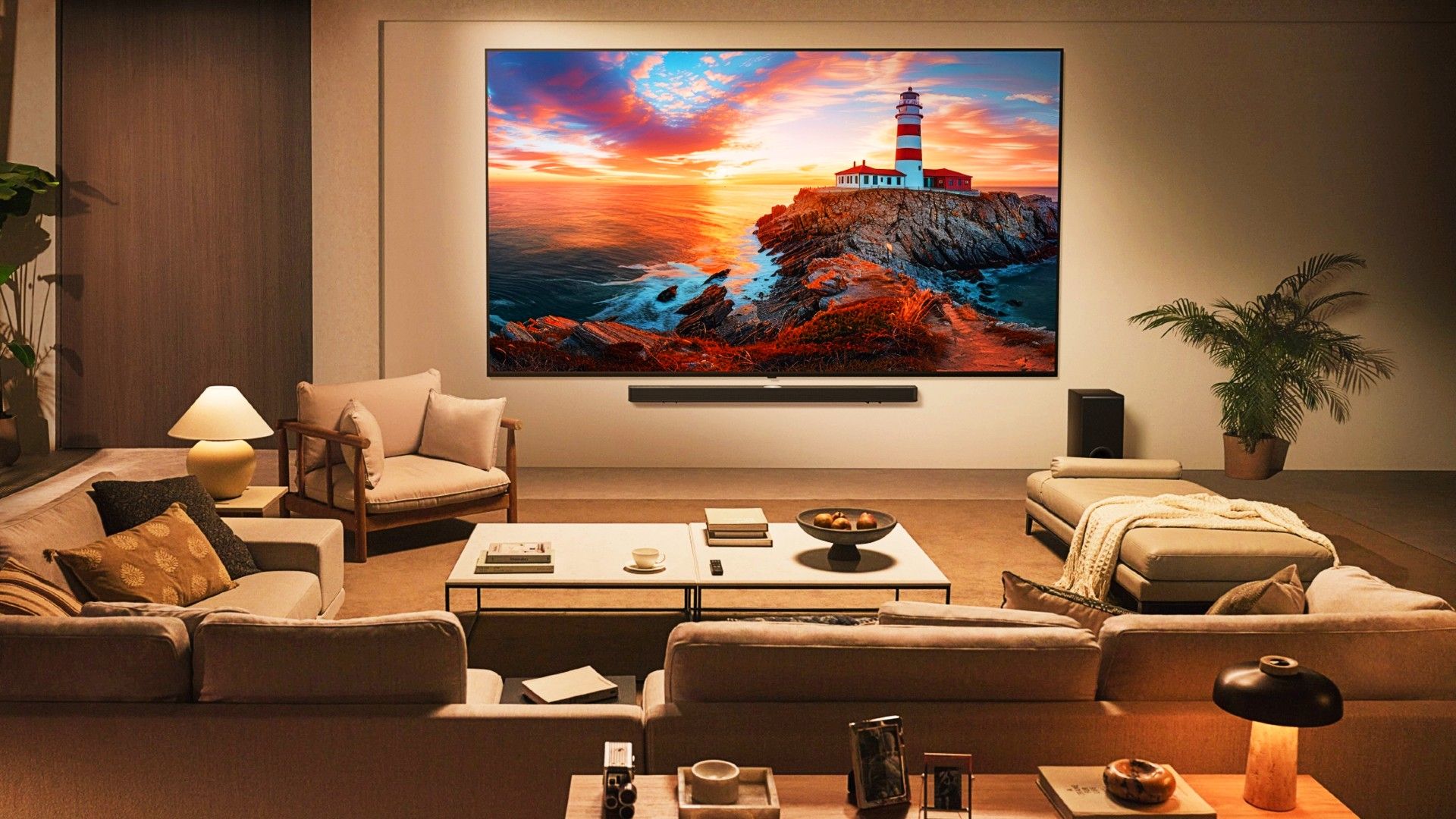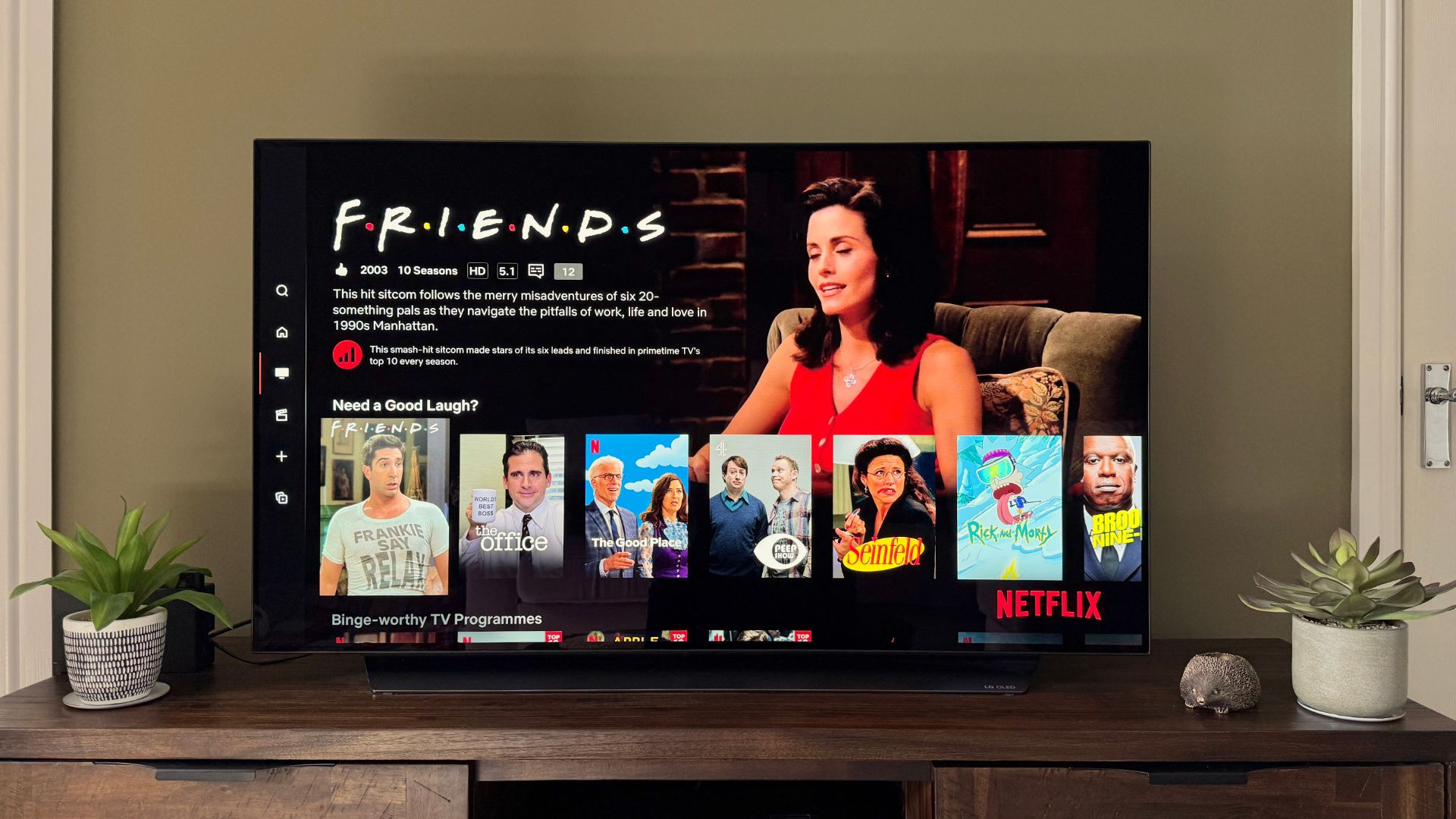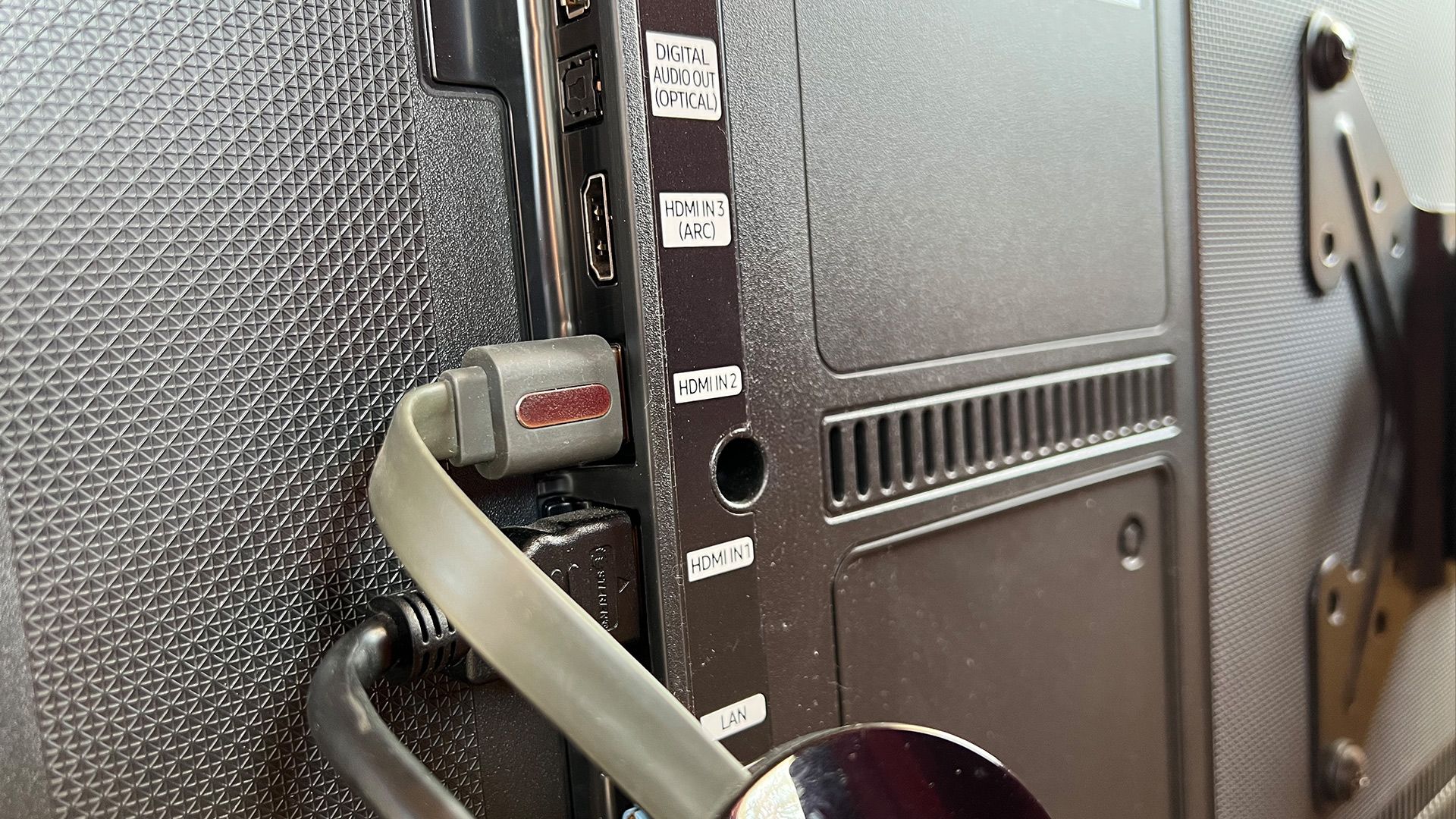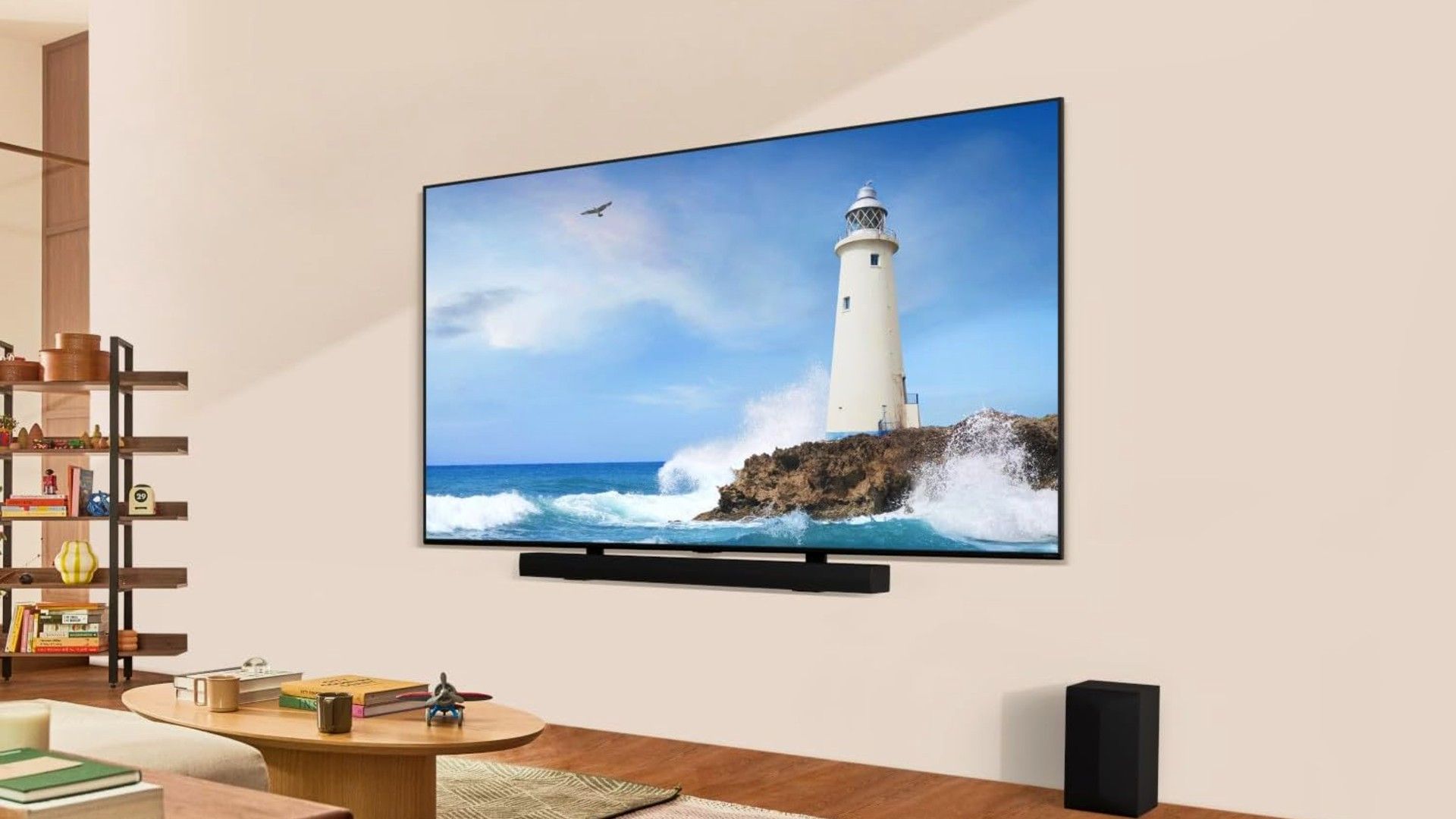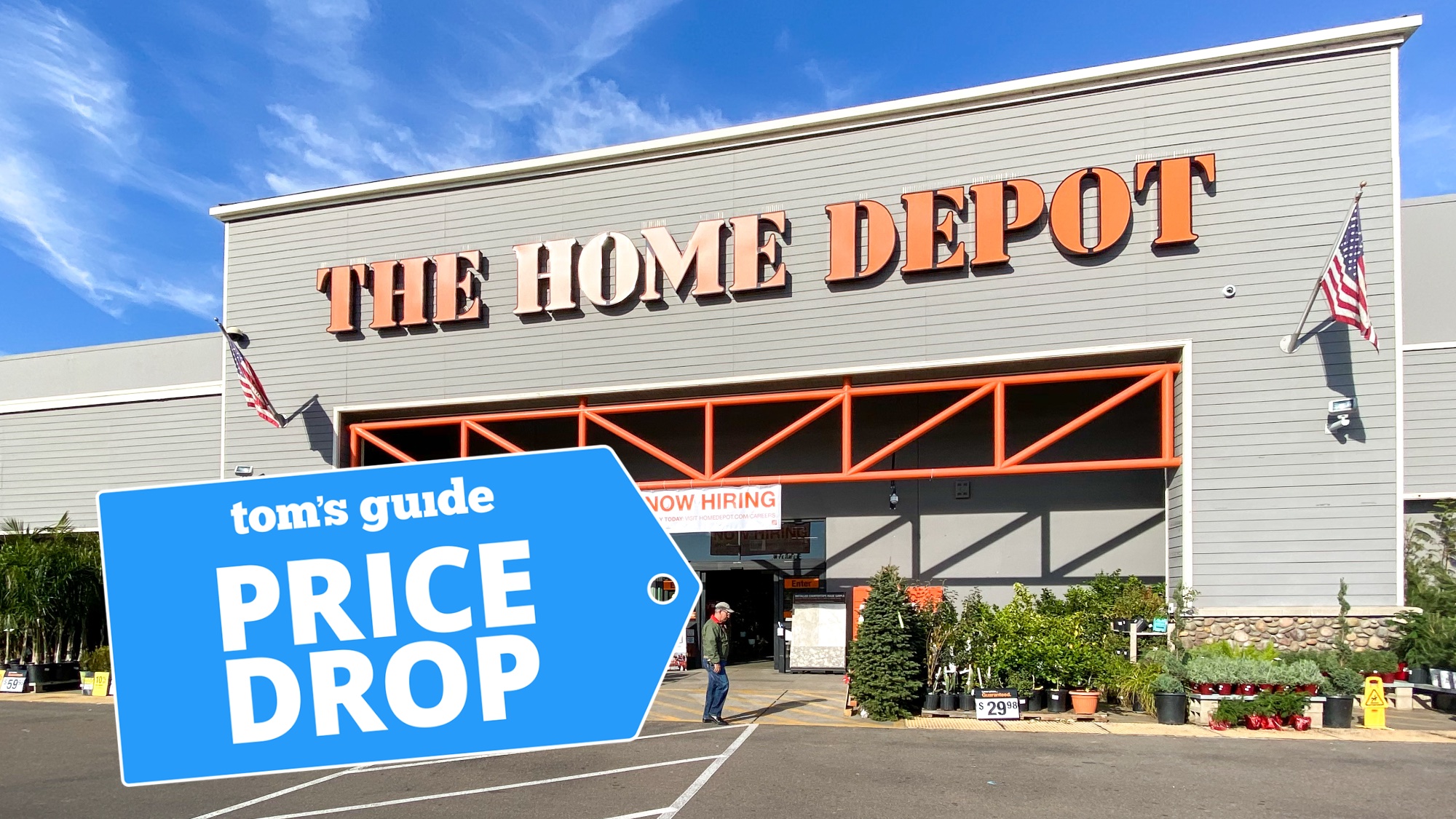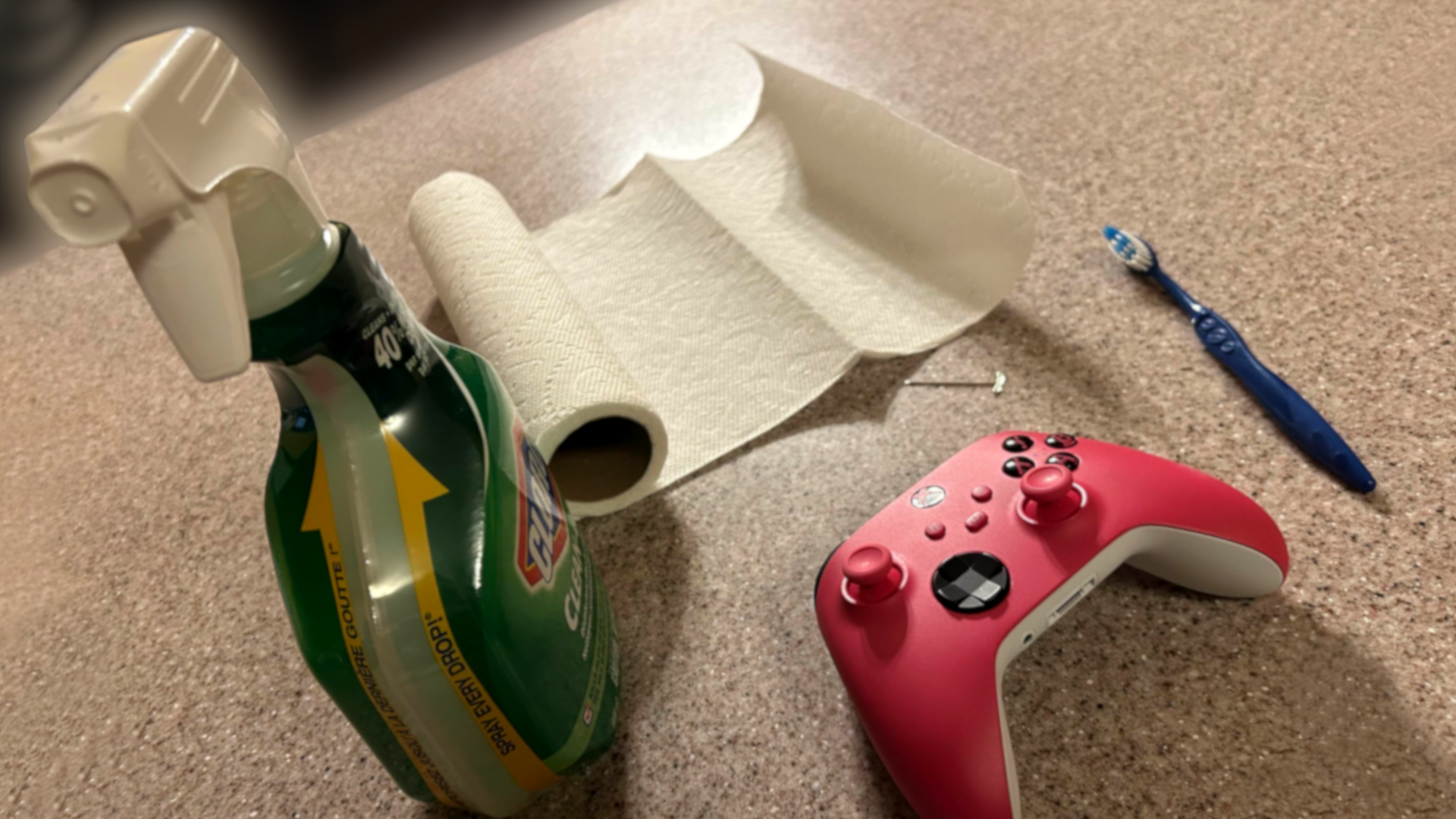
Shopping for a new TV can feel overwhelming due to the abundance of choices and confusing jargon. It’s easy to get lost. But don’t sweat it! I’m here to cut through the noise and give you simple and actionable tips for TV shopping.
While not every tip will work for everyone, you might just learn something that will help avoid a potentially expensive mistake.
8
OLEDs Are the Best, but QLED TVs Are a Good Alternative
It isn’t hyperbole to say that OLED TVs are hands down the best for picture quality. Why? OLED panels have self-emissive pixels, meaning each pixel produces its own light and can turn off individually, making the panels capable of producing inky blacks. This results in a near-infinite contrast ratio, and colors pop against the inky blacks of an OLED screen.
However, OLED TVs are expensive and have a relatively limited selection of sizes. So, if an OLED doesn’t fit your budget or requirements, don’t fret. QLED TVs, which are LED TVs with quantum dot technology, are an excellent alternative.
QLED TVs are available in a range of sizes across various price segments, starting at a few hundred dollars, and can deliver lifelike and vibrant colors thanks to their built-in quantum dot layer. Barring a few budget models, QLED TVs are also generally bright enough to handle the glare and reflections of a bright living room or TV room.
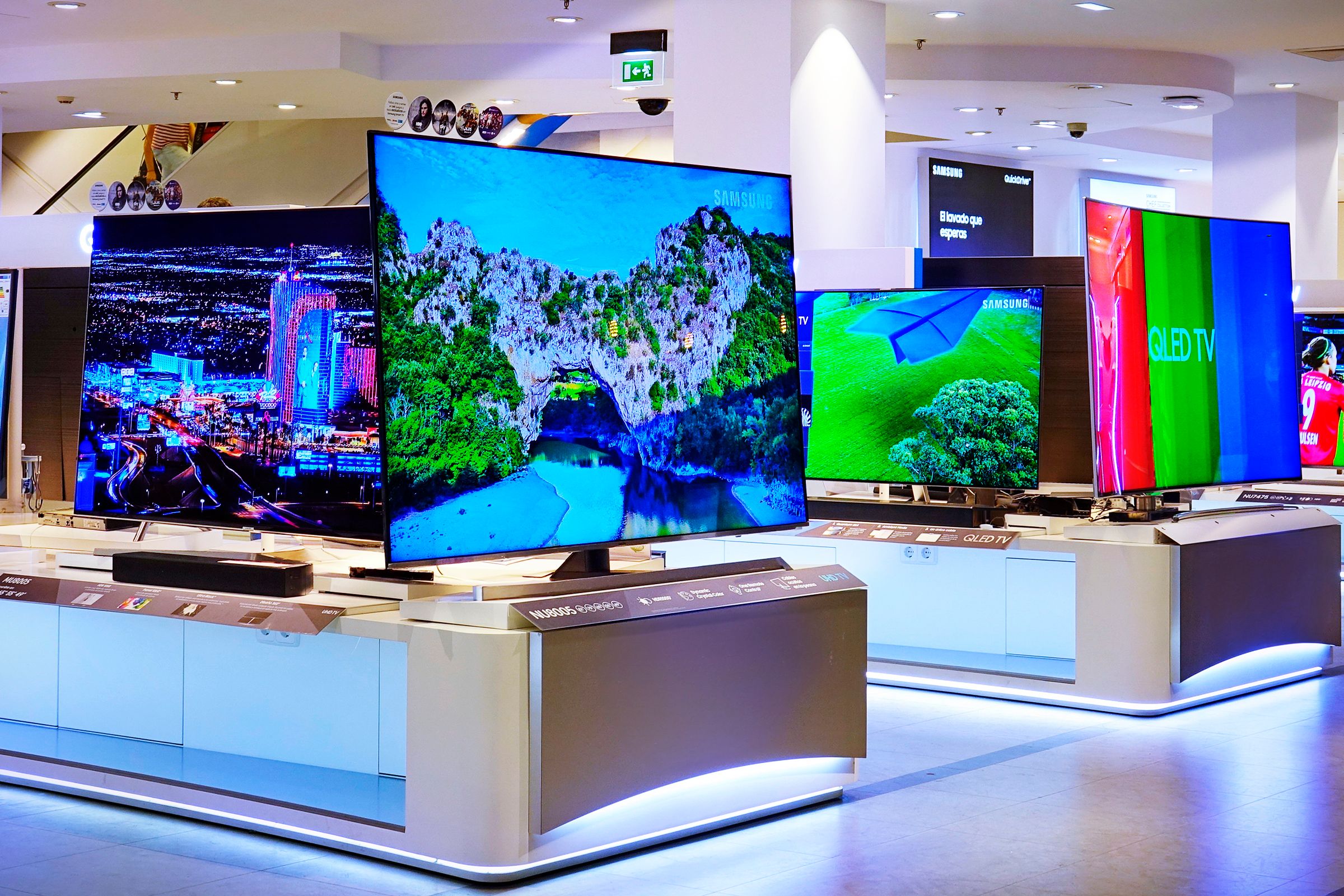
Related
OLED vs. QLED, and More: Which TV Should You Buy?
Shopping for a TV and not sure about the difference between OLED and QLED? Here’s what you need to know.
7
Look for Local Dimming and Mini-LEDs in Your QLED Choice
We have already established that QLED TVs are an excellent alternative to OLED TVs. However, not all QLED TVs are made equal, and that’s where full-array local dimming (FALD) and Mini-LED backlighting come into play.
Unlike OLED TVs, QLED TVs rely on a backlight to produce the picture displayed on the screen. This backlight is typically made of LEDs. In the absence of local dimming, when the TV needs to display a scene with both dark and bright parts, the darker part ends up looking a little gray as the backlight on that part isn’t completely turned off and shines through the screen. This hampers the overall picture quality.
However, local dimming breaks the backlight into different zones that the TV can control independently. Therefore, when it needs to make one part of the screen dark, it can simply turn off the backlight in that area. However, the number of LEDs in the backlight, their placement, and the number of local dimming zones can significantly impact the overall effectiveness of local dimming.
Full-array local dimming is the best implementation of local dimming. In this setup, LEDs are placed behind the entire screen and divided into multiple zones.
Similar to FALD, Mini-LED backlighting can significantly enhance picture quality. As the name suggests, Mini-LED backlighting utilizes smaller LEDs than those typically found in TVs without them. In a Mini-LED backlighting setup, there are significantly more LEDs, which not only increases the brightness of the TV but also enables better backlight control when combined with FALD. So, TVs with Mini-LED backlighting generally offer a better contrast ratio and higher brightness.
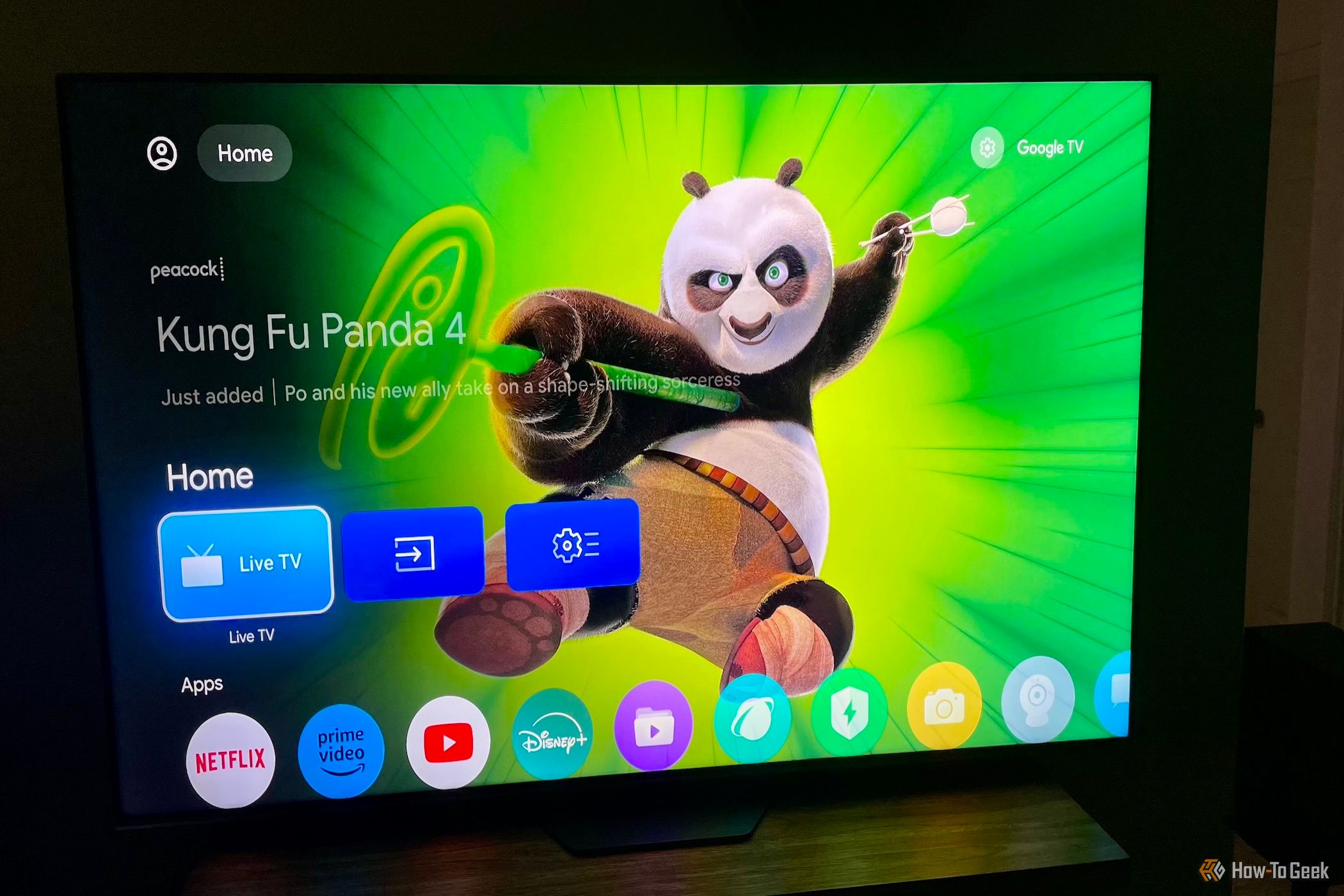
Related
This Mini LED TV Is So Bright You’ll Have to Turn It Down
The Hisense U8N TV offers a lot of benefits including a competitive price.
6
Get a TV With Dolby Vision HDR Support
HDR on a TV is a crucial feature for achieving good picture quality, as it enables the television to display a broader spectrum of colors, much closer to what the human eye sees. However, regular HDR, also known as HDR10, is limited in what it can accomplish because it provides only one set of instructions to the TV on how to present the content, relating to brightness and colors. However, Dolby Vision, a dynamic and more advanced HDR format, provides scene-by-scene or frame-by-frame instructions on adjusting the content’s brightness and color to match the creator’s intent.
Although Dolby Vision isn’t the only dynamic HDR format in town, it’s a more popular one. This is why you’ll have little trouble finding Dolby Vision content on your new TV. All prominent streamers, including Netflix, Disney+, and HBO Max, offer content encoded with Dolby Vision. You can also find Blu-ray discs that support Dolby Vision.
The television industry has widely adopted Dolby Vision, except for one major holdout: Samsung. The South Korean tech giant prefers its own HDR10+, the other major dynamic HDR standard, over Dolby Vision.

Related
HDR Formats Compared: HDR10, Dolby Vision, HLG, and Technicolor
If you’re confused by all the HDR video formats, you’re certainly not alone! Here’s what you need to know.
5
The More Nits the Merrier
TV brightness is more important than you might think. Higher brightness is not only helpful in countering glare and reflections in a bright room, but also impacts how HDR content is shown on your TV. If your TV can’t get very bright, it’ll have difficulty accurately displaying smaller, bright highlights in an HDR scene. So, the HDR content won’t look how it’s supposed to.
When shopping for a TV, look for one with higher brightness, if your budget allows. TV brightness is typically measured in nits. The more nits you can get, the better it is for the picture quality. A good general rule of thumb is to get a TV capable of at least 600-700 nits of peak brightness in HDR. That said, you’ll only get an impactful HDR performance with at least 1000 nits peak brightness in HDR.
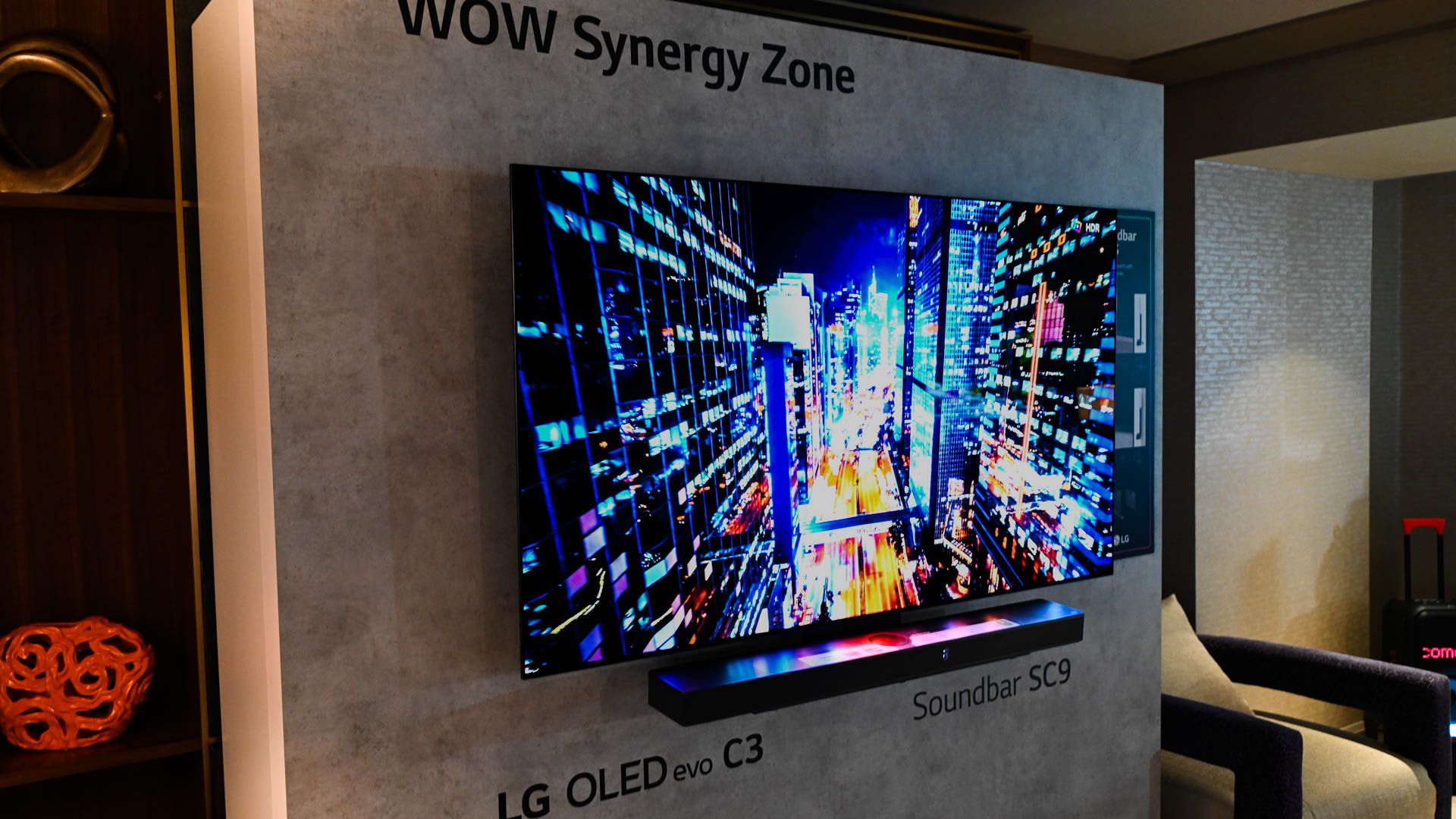
Related
How Bright Does Your TV Need to Be?
A brighter TV is usually considered to be a better TV, but there’s more to it than that.
4
A High Refresh Rate Panel Helps if You’re Into Gaming
A TV’s refresh rate is the number of times it can update the picture on the screen in a second. The typical refresh rate is 60Hz, meaning it can refresh the picture 60 times per second, which is sufficient for movies and TV shows. However, if you’re into gaming, particularly fast-paced games like shooters or racing games, the lower refresh rate of your TV can negatively impact your gaming experience.
Now, a high-refresh-rate panel, such as a 120Hz or 144Hz panel, can update the picture more frequently. This results in smoother gameplay and reduced motion blur. Combined with technologies such as variable refresh rate (VRR), you’re also less likely to encounter screen tearing.
So, yes, if gaming is important to you, especially on the latest PlayStation and Xbox consoles or a gaming PC, consider getting a TV with a high refresh rate screen.

Related
How Do Refresh Rates Affect Gaming?
Before you buy a new monitor for gaming, make sure you have an understanding of how the refresh rate can affect your experience.
3
Bigger Is Generally Better, but Keep Your Viewing Distance in Mind
Let’s be real. Who doesn’t love watching content on a huge, immersive screen that fills their field of view? After all, it makes movies and TV shows feel cinematic and ensures you don’t miss any details. So, generally speaking, if you have the space and budget, going bigger with your TV is often a great way to go.
However, one key detail to consider before investing in a larger TV is the viewing distance. If you get a TV that’s too big for your space, it can be overwhelming and less enjoyable. So, get a rough idea of how far you’ll be sitting from your TV and use that to decide the size.
There are different schools of thought about how far you should be sitting from a TV of a specific size. For example, Panasonic and Sony recommend sitting four feet away from a 65-inch 4K TV. In contrast, THX, known for its high-fidelity audiovisual standards, recommends a minimum distance of 6.5 feet from a 65-inch screen. However, it doesn’t consider the resolution of the content. Consider these recommendations as a starting point, incorporate your personal preferences, and then choose a TV size that suits you.
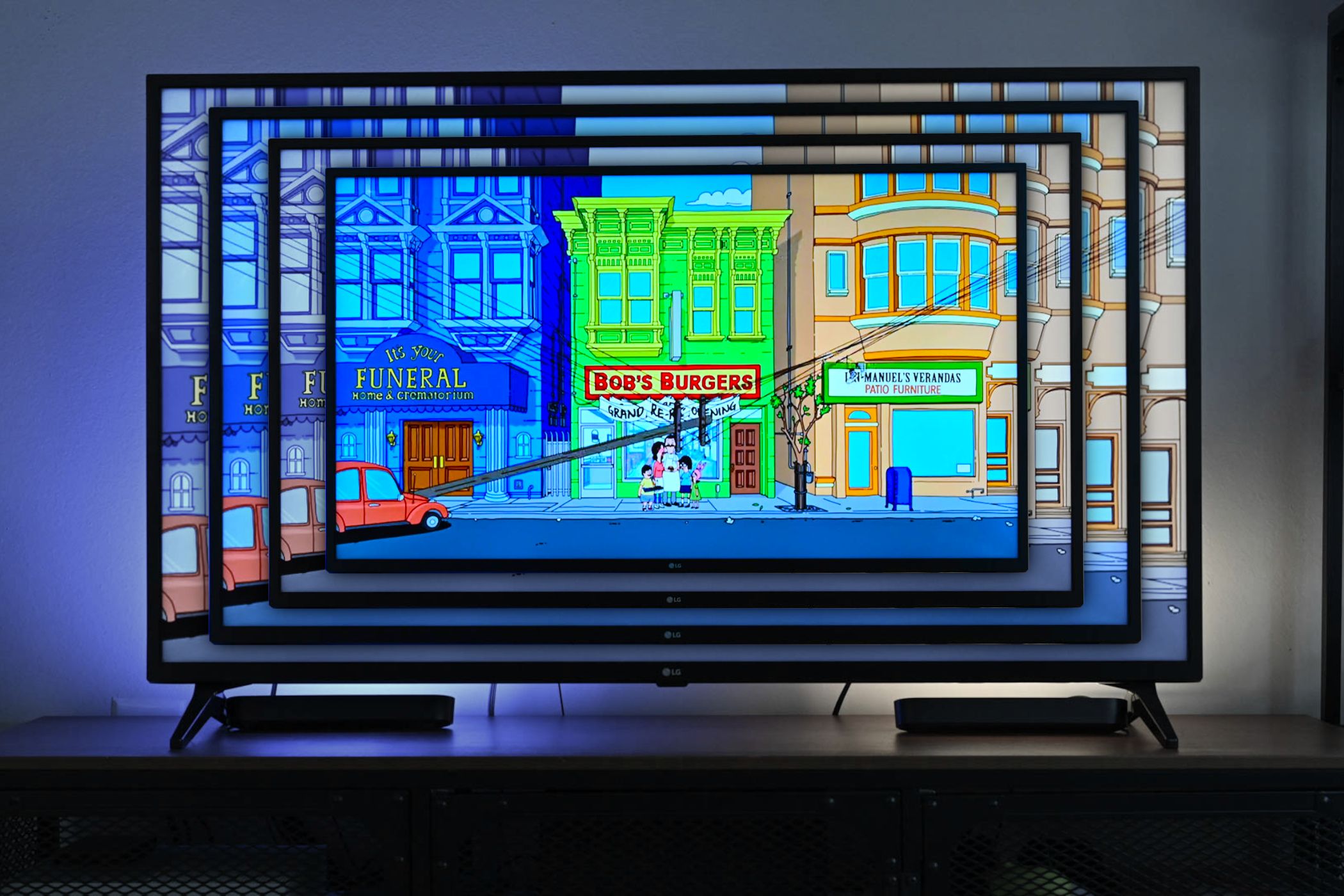
Related
What Size TV Should You Buy?
Is the biggest TV you can afford the right TV?
2
Look for TVs With at Least Two HDMI 2.1 Ports
Although HDMI 2.1 ports are increasingly prevalent on modern 4K TVs, there are still TVs on the market that either lack them or have only one. However, if you plan to connect both the latest PlayStation and Xbox consoles or a gaming PC with a console, it’s a good idea to have sufficient HDMI 2.1 ports to ensure you don’t spend time swapping connectors to make the most of your gaming machine.
Having sufficient HDMI 2.1 ports also makes the TV future-proof for any other devices that you might want to connect to later. Additionally, in the unfortunate scenario of one of the HDMI 2.1 ports failing down the line, having a spare would be beneficial.
While getting a TV with four HDMI 2.1 ports is ideal, you can make do with two. However, you’ll have to ensure that one of the HDMI 2.1 ports doesn’t double as an eARC port. Otherwise, if you use a soundbar, you’ll only have a single free HDMI 2.1 port for other devices.
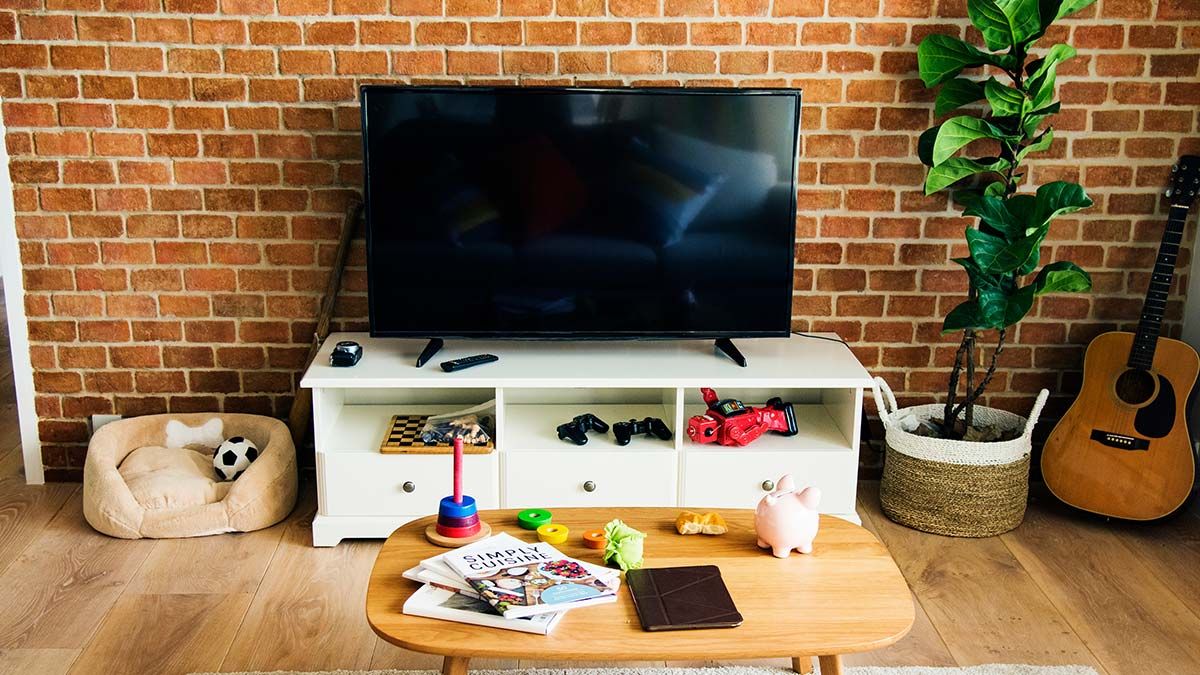
Related
How Many HDMI Ports Do You Need On a TV?
If you don’t get enough of them, you’ll regret it.
1
Stick to 4K Resolution
Although you’ll find TVs with 1080p, 4K, and 8K resolutions on the market, opting for the 4K option is almost a no-brainer and a smart choice for most people. There is no dearth of 4K content, and you can find 4K TV models ranging from affordable to expensive. 1080p has become a thing of the past, and you won’t even find relatively larger sizes in 1080p.
While 8K certainly can deliver even sharper images than 4K with four times more pixels, it’s essentially useless right now, as there is practically no mainstream native 8K content available for viewing. Moreover, many TV manufacturers have given up on 8K and are now offering their best TV technology in 4K models. The few 8K TV models available in stores are significantly more expensive than 4K and only make sense if you prioritize showing off over getting the most for your money.
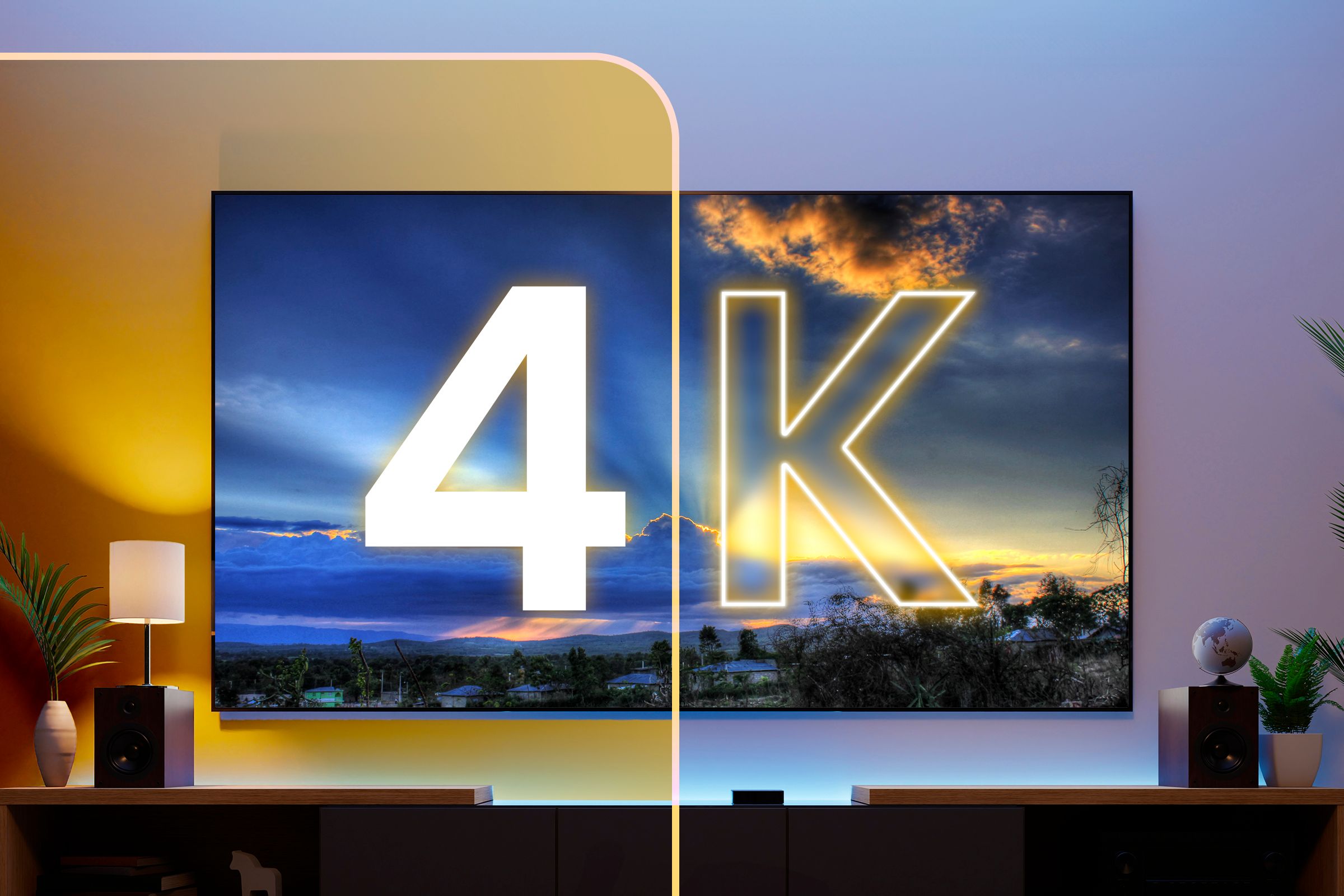
Related
Are You Getting The Most Out of Your 4K TV?
The pixels you paid for.
Now that you’re armed with the knowledge to choose an excellent TV, you may also want to check out our best TV picks and six mistakes that people make while buying a new TV.
Source link



